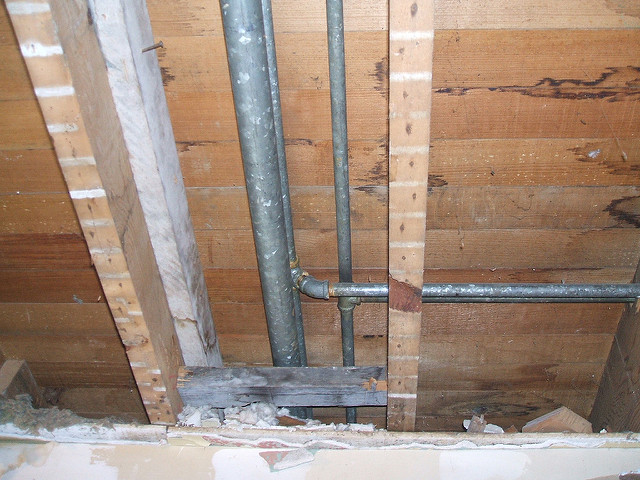Guide To Water Leak Detection At Home
Guide To Water Leak Detection At Home
Blog Article
Are you currently trying to locate critical information on Detecting hidden plumbing leaks?

Early detection of dripping water lines can reduce a prospective calamity. Some tiny water leaks may not be visible.
1. Check Out the Water Meter
Every house has a water meter. Checking it is a surefire manner in which assists you uncover leaks. For starters, turn off all the water resources. Make sure no person will purge, use the tap, shower, run the cleaning maker or dishwasher. From there, go to the meter and watch if it will certainly transform. Given that no one is utilizing it, there should be no motions. If it relocates, that shows a fast-moving leak. If you discover no changes, wait a hr or 2 and also examine back again. This means you might have a sluggish leak that can even be underground.
2. Examine Water Intake
If you identify unexpected adjustments, in spite of your consumption being the very same, it suggests that you have leakages in your plumbing system. A sudden spike in your bill suggests a fast-moving leakage.
On the other hand, a constant rise on a monthly basis, despite having the very same habits, reveals you have a slow-moving leakage that's likewise gradually escalating. Call a plumber to extensively check your residential property, particularly if you really feel a cozy area on your flooring with piping below.
3. Do a Food Coloring Test
When it comes to water intake, 30% comes from toilets. If the shade somehow infiltrates your dish throughout that time without flushing, there's a leak in between the tank as well as dish.
4. Asses Exterior Lines
Do not neglect to check your exterior water lines as well. Should water seep out of the link, you have a loosened rubber gasket. One tiny leak can squander loads of water as well as increase your water expense.
5. Inspect and also Assess the Scenario
Property owners must make it a habit to check under the sink counters as well as also inside cupboards for any type of bad odor or mold and mildew development. These two warnings indicate a leak so timely focus is called for. Doing regular assessments, also bi-annually, can save you from a major issue.
If you recognize your house is currently old, keep a watchful eye on your heating units, hoses, pipelines etc. Look for discolorations as well as weakening as many pipes and appliances have a life span. They will certainly likewise naturally wear away as a result of deterioration. If you believe dripping water lines in your plumbing system, don't wait on it to intensify. Call a professional plumber right now so you don't end up with a dreadful mess in your home.
Early discovery of leaking water lines can minimize a prospective disaster. Some little water leaks may not be noticeable. Examining it is a proven means that aids you uncover leaks. One little leak can waste tons of water and also increase your water expense.
If you believe leaking water lines in your plumbing system, don't wait for it to intensify.
WARNING SIGNS OF WATER LEAKAGE BEHIND THE WALL
PERSISTENT MUSTY ODORS
As water slowly drips from a leaky pipe inside the wall, flooring and sheetrock stay damp and develop an odor similar to wet cardboard. It generates a musty smell that can help you find hidden leaks.
MOLD IN UNUSUAL AREAS
Mold usually grows in wet areas like kitchens, baths and laundry rooms. If you spot the stuff on walls or baseboards in other rooms of the house, it’s a good indicator of undetected water leaks.
STAINS THAT GROW
When mold thrives around a leaky pipe, it sometimes takes hold on the inside surface of the affected wall. A growing stain on otherwise clean sheetrock is often your sign of a hidden plumbing problem.
PEELING OR BUBBLING WALLPAPER / PAINT
This clue is easy to miss in rooms that don’t get much use. When you see wallpaper separating along seams or paint bubbling or flaking off the wall, blame sheetrock that stays wet because of an undetected leak.
BUCKLED CEILINGS AND STAINED FLOORS
If ceilings or floors in bathrooms, kitchens or laundry areas develop structural problems, don’t rule out constant damp inside the walls. Wet sheetrock can affect adjacent framing, flooring and ceilings.
https://www.servicemasterbyzaba.com/blog/how-to-detect-water-leakage-in-walls/

I recently found that review on Leaking water lines while doing a lookup on the internet. Are you aware of somebody who is involved in the niche? Be sure share it. Thanks a bunch for your time. Please check up our site back soon.
Report this page